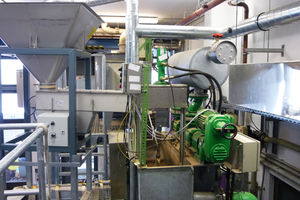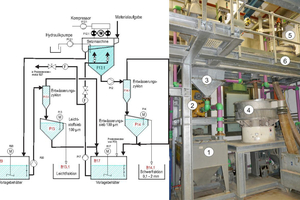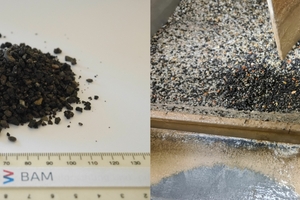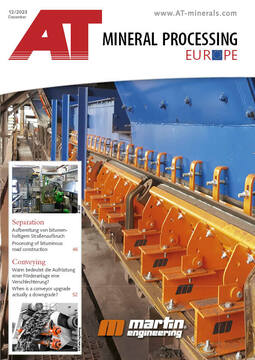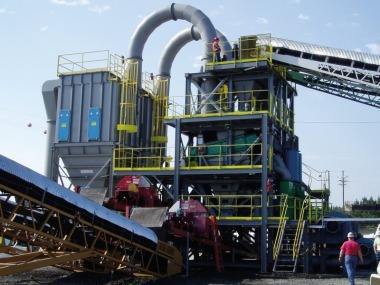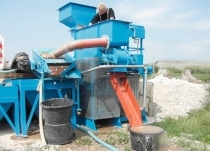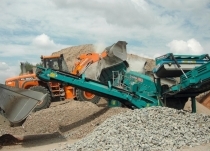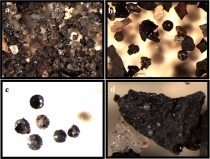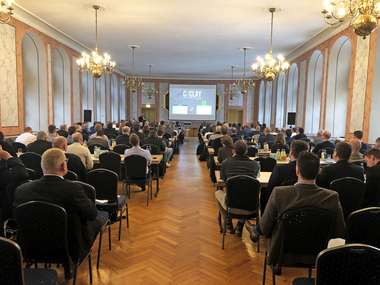Processing of bituminous road construction waste in a jigging machine
Jigging machines are used in processing technology in many areas. Examples are the processing of coal, ores, and primary and secondary raw and waste materials. Even small differences in density are often sufficient for successful sorting. In the work presented here, milled material from road construction waste contaminated with bitumen is to be separated from uncontaminated material. In this way, scarce landfill space could be saved and mineral material be returned to the material cycle.
1 Introduction and assignment
According to data from the Federal Environment Agency, construction and demolition waste is the largest fraction of waste in Germany with 229 million t (data for 2020). This also includes road construction waste containing tar and road construction waste bound with bitumen. While road construction waste containing tar is classified as hazardous waste (waste code 170301*) due to the higher content of polycyclic hydrocarbons (PAH), the rest of the road construction waste is classified as non-hazardous waste (waste code 170302). The limit is a PAH content of 25 mg/kg...

